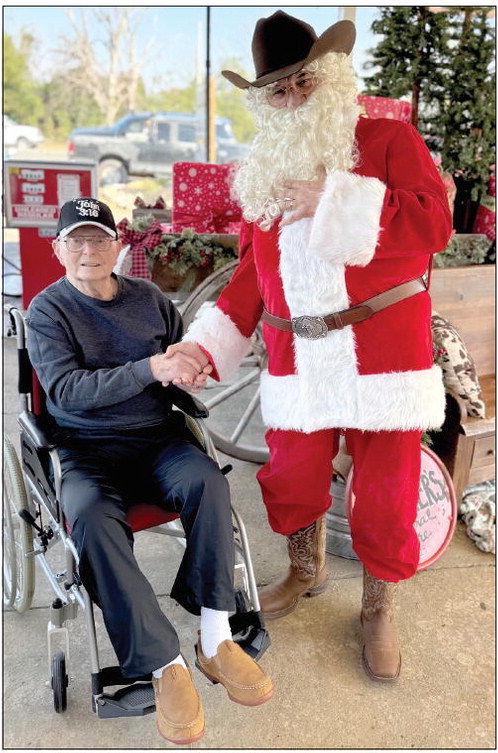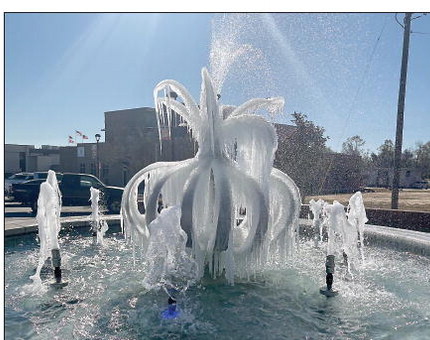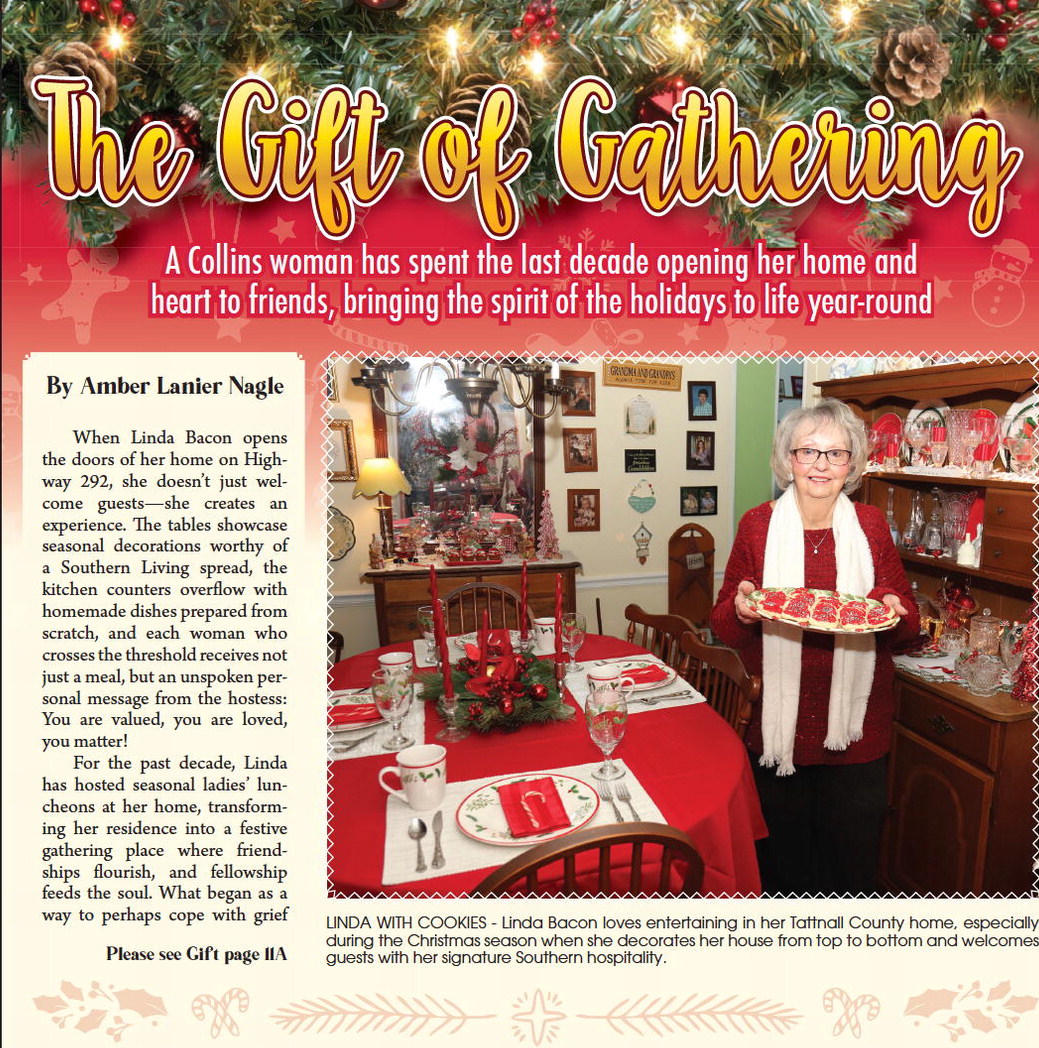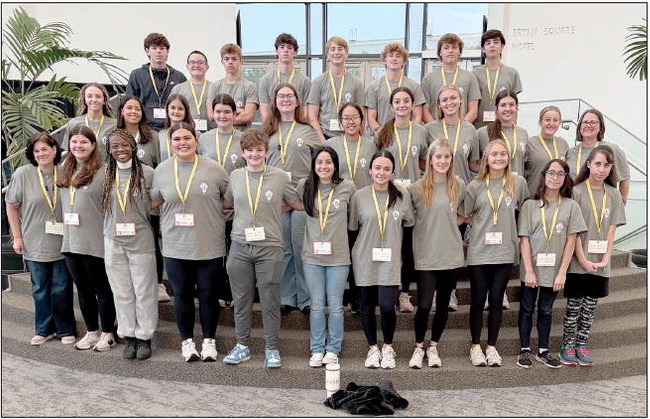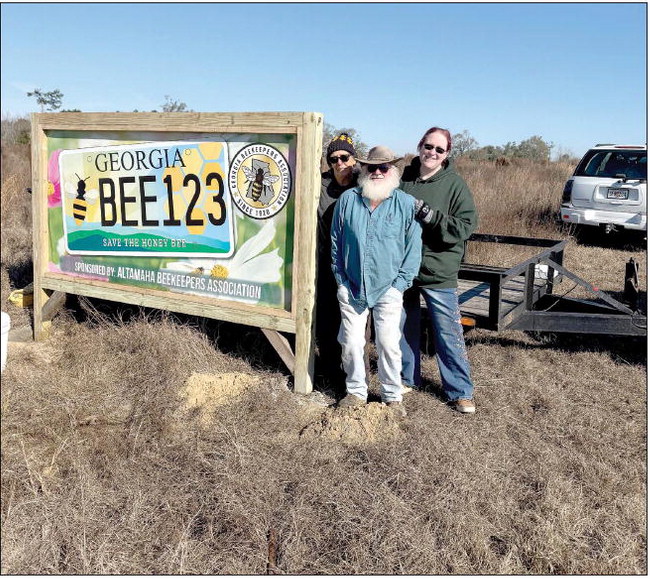Components of traditional weddings
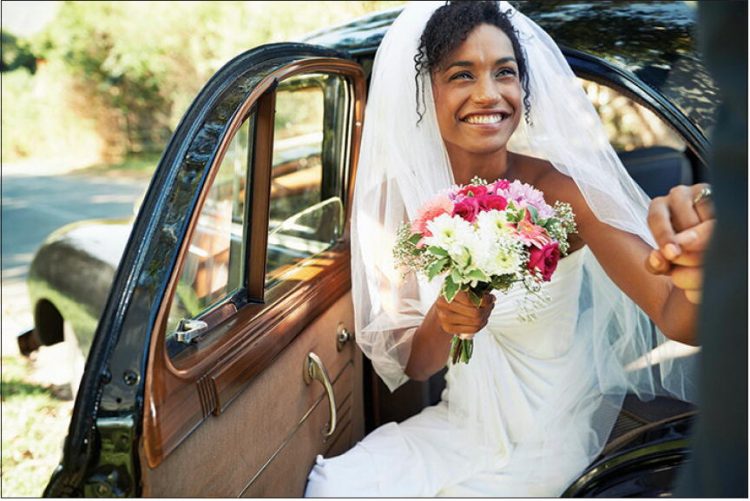

Weddings offer an opportunity for happy couples to express their love for one another while showcasing their own personalities. Couples can choose from an assortment of wedding styles when planning their nuptials, and the style they ultimately pick says something about who they are.
Traditional weddings are popular, and these types of ceremonies suggest couples value tradition and perhaps have a sentimental attachment to the style due to a parent, grandparent or another loved one. Couples considering a traditional wedding should know that such affairs typically include the following components.
Processional: Most people who have attended a wedding are familiar with the processional, during which bridal party members walk down the aisle. Groomsmen typically accompany bridesmaids down the aisle in traditional weddings, and they are followed by the flower girl, the ring bearer and finally the bride. Brides are often walked down the aisle by their fathers in traditional weddings, but a bride may choose to walk alone or alter the tradition by asking both parents to accompany her. A bride whose father is deceased or estranged also might ask another relative, including Mom, to walk her down the aisle to create the traditional feel.
Ociant opens the ceremony: Once every one has walked down the aisle and taken their places, the ociant will open a traditional ceremony by welcoming guests and thanking them for attending. After the opening remarks, the ociant may discuss the institution of marriage and share some personal anecdotes about the couple.
Readings: Tradi tional weddings often are associated with religion, and traditional weddings held in a house of worship may feature readings from the spiritual text of the couple's faith. Interfaith weddings are very common, and such ceremonies can still be characterized as traditional and might feature readings reflective of each person's faith. Read ings that follow the processional also may come from poems or other texts that are meaningful to the couple.
Exchange of vows: Traditional weddings also feature an exchange of vows. Some couples choose to write their own vows, while others recite previously written vows. Ociants may work with couples to develop their own vows and identify the feelings they want to express. After exchanging vows, couples having a traditional wedding will say, 'I do.'
Ring exchange: e ring exchange follows the exchange of vows in a traditional wedding.
Pronouncement: After couples slip rings onto each other's fingers, the ociant will pro nounce them as married, a moment that is typically followed by the first kiss.
Recessional: A traditional wedding ceremony ends with the recessional, during which the processional is repeated but in reverse order, so the happy couple are the first to walk down the aisle.



